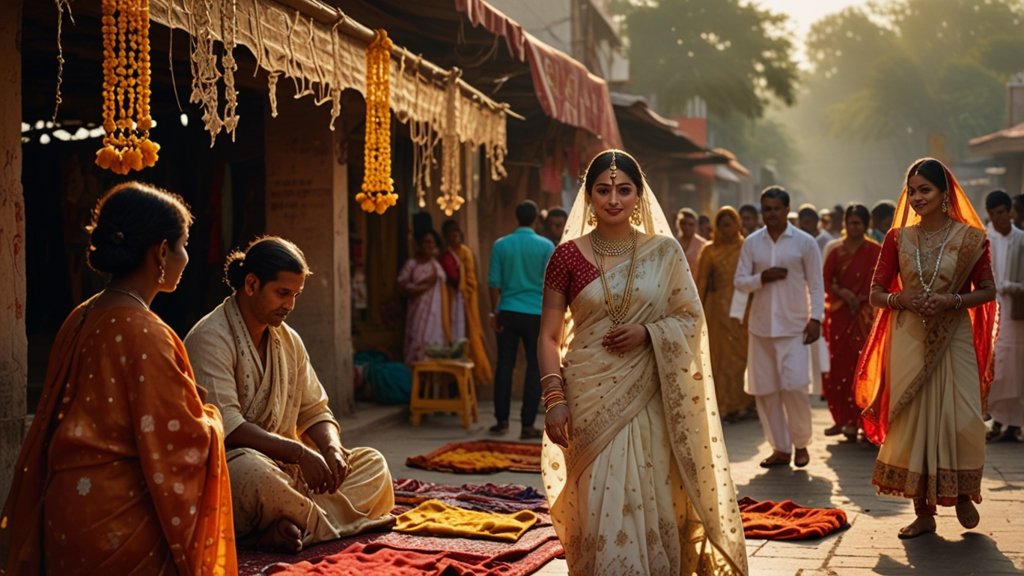Imagine holding a piece of Earth’s ancient artistry—a rock canvas where moss-green swirls dance around inky black voids, like galaxies trapped in stone. This is Kambaba, a gem that’s sparked debates among geologists, enchanted jewelers, and become a talisman for healers. But what exactly is this mesmerizing material? Let’s explore its secrets.
What is Kambaba?
Kambaba is a distinctive rhyolite quarried in Madagascar, renowned for its swirling green orb patterns set against dark green to black matrices. Often mislabeled as “Kambaba Jasper” or “fossilized stromatolite,” this stone is neither.
The Geological Backstory
- Composition: Rhyolite is a volcanic rock formed from silica-rich magma. Kambaba’s unique patterns arise from microscopic quartz and feldspar crystals.
- Myth vs. Reality: While some claim its orbs are fossilized algae colonies (stromatolites), scientific analysis confirms they’re mineralogical formations.
Kambaba vs. Jasper: Spotting the Difference
Confused about Kambaba’s identity? Let’s clarify with a quick comparison:
| Feature | Kambaba | Jasper |
|---|---|---|
| Composition | Volcanic rhyolite | Microcrystalline quartz |
| Patterns | Swirling green orbs | Stripes, spots, or abstract |
| Hardness (Mohs) | 6–6.5 | 6.5–7 |
| Metaphysical Use | Grounding, emotional balance | Protection, vitality |
Key Takeaway: Kambaba’s softer composition makes it ideal for polished cabochons, while jasper’s durability suits intricate carvings.
Also Read: Dress of UP: A Vibrant Tapestry of Tradition and Craftsmanship
Why Jewelers (and Collectors) Are Obsessed
Kambaba’s hypnotic patterns make it a favorite for statement jewelry. Here’s why:
Design Versatility
- Cabochons: Its smooth, polished surface highlights the orb patterns.
- Beads: Spherical or oval beads showcase the stone’s depth.
- Wire Wrapping: Contrasts beautifully with silver or copper settings.
Affordability
Unlike rare gems, Kambaba remains accessible, with polished stones ranging from 2–2–10 per carat, depending on pattern intensity.
Kambaba in Holistic Practices: Beyond Aesthetics
Holistic enthusiasts cherish Kambaba for its purported energetic properties:
- Emotional Healing: Believed to dissolve anxiety and foster patience.
- Connection to Nature: Its earthy patterns symbolize growth and renewal.
- Meditation Aid: Used to enhance focus and spiritual grounding.
Pro Tip: Pair Kambaba with Clear Quartz to amplify its calming effects.
Caring for Your Kambaba Gemstone
To preserve its beauty:
- Avoid Harsh Chemicals: Clean with mild soap and water.
- Store Separately: Prevent scratches by keeping it in a soft pouch.
- Recharge: Place it under moonlight to “reset” its energy.
3 Ways to Incorporate Kambaba Into Your Life
- Wear It: Opt for a pendant to keep its energy close to your heart.
- Decorate: Place a raw slab on your desk for a calming workspace.
- Gift It: Share its beauty with someone needing emotional balance.
You May Also Read: Hijabhoojup: The Modest Fashion Revolution Redefining Identity & Style
Conclusion
Kambaba isn’t just a stone—it’s a conversation with Earth’s artistry. Whether you’re drawn to its beauty, mystery, or energy, this Madagascan marvel invites you to slow down, look closer, and find magic in the details.
What will you create with your piece of the planet?
FAQs
Is Kambaba a fossilized stromatolite?
No—geological studies confirm its patterns are mineral-based, not organic.
Can Kambaba help with stress?
While scientific evidence is lacking, many users report feeling calmer when wearing it.
How do I tell real Kambaba from imitations?
Authentic Kambaba has uneven orbs and a matte luster. Fake versions often look overly symmetrical.
Is it safe to wear Kambaba daily?
Yes! Its moderate hardness makes it durable for rings, bracelets, or necklaces.
Where can I buy genuine Kambaba?
Reputable gem dealers (e.g., Madagascar-based sellers on Etsy or local crystal shops).









